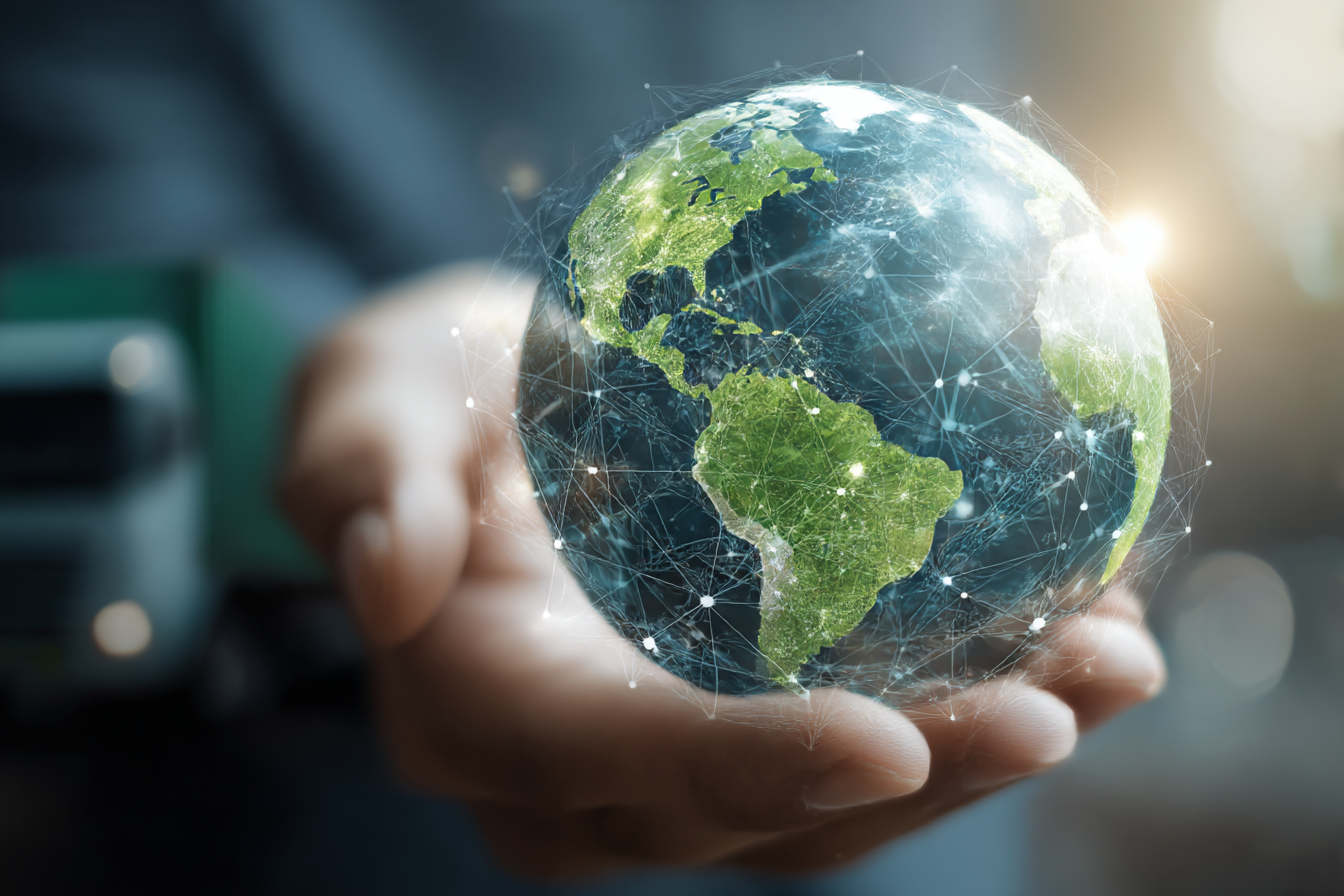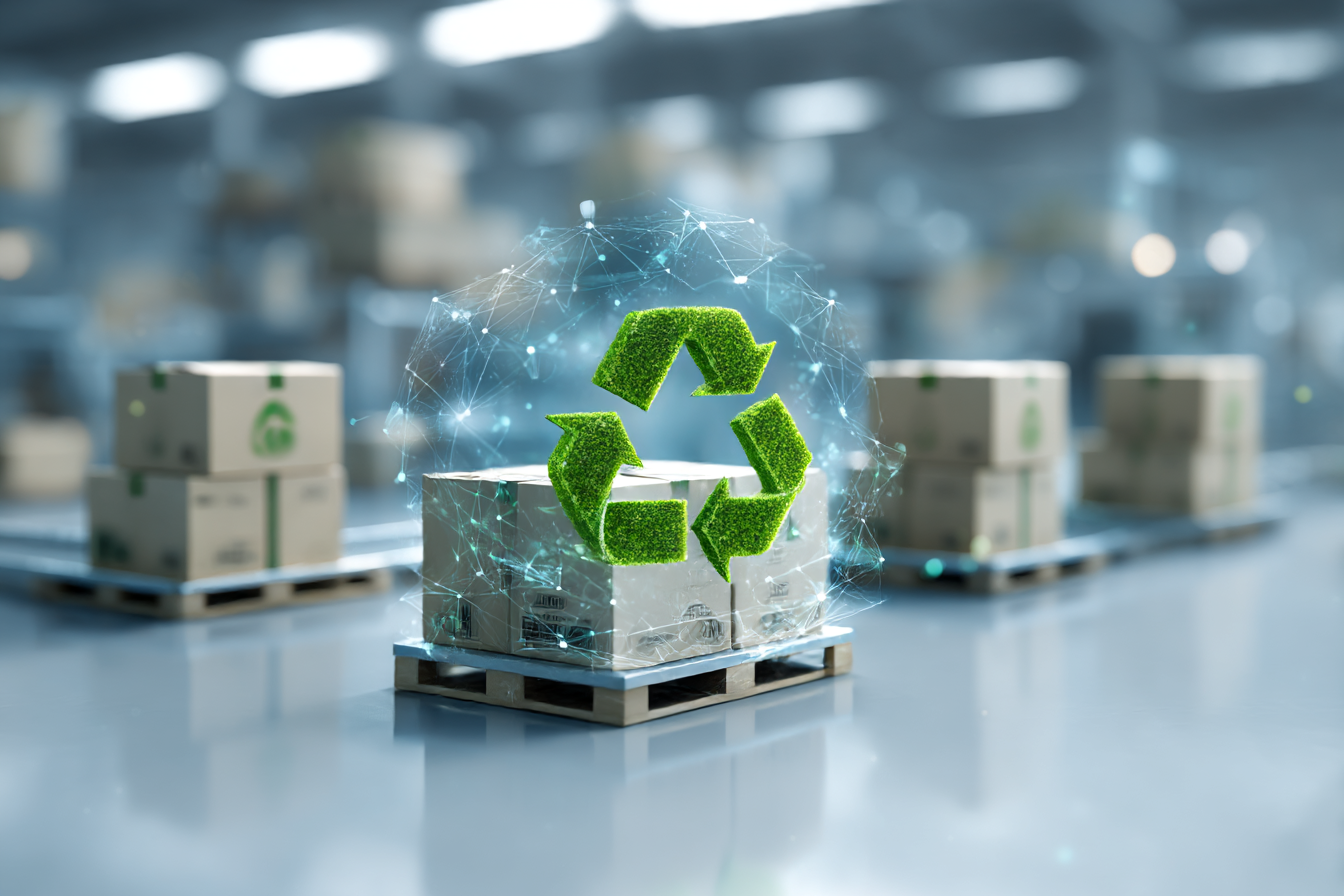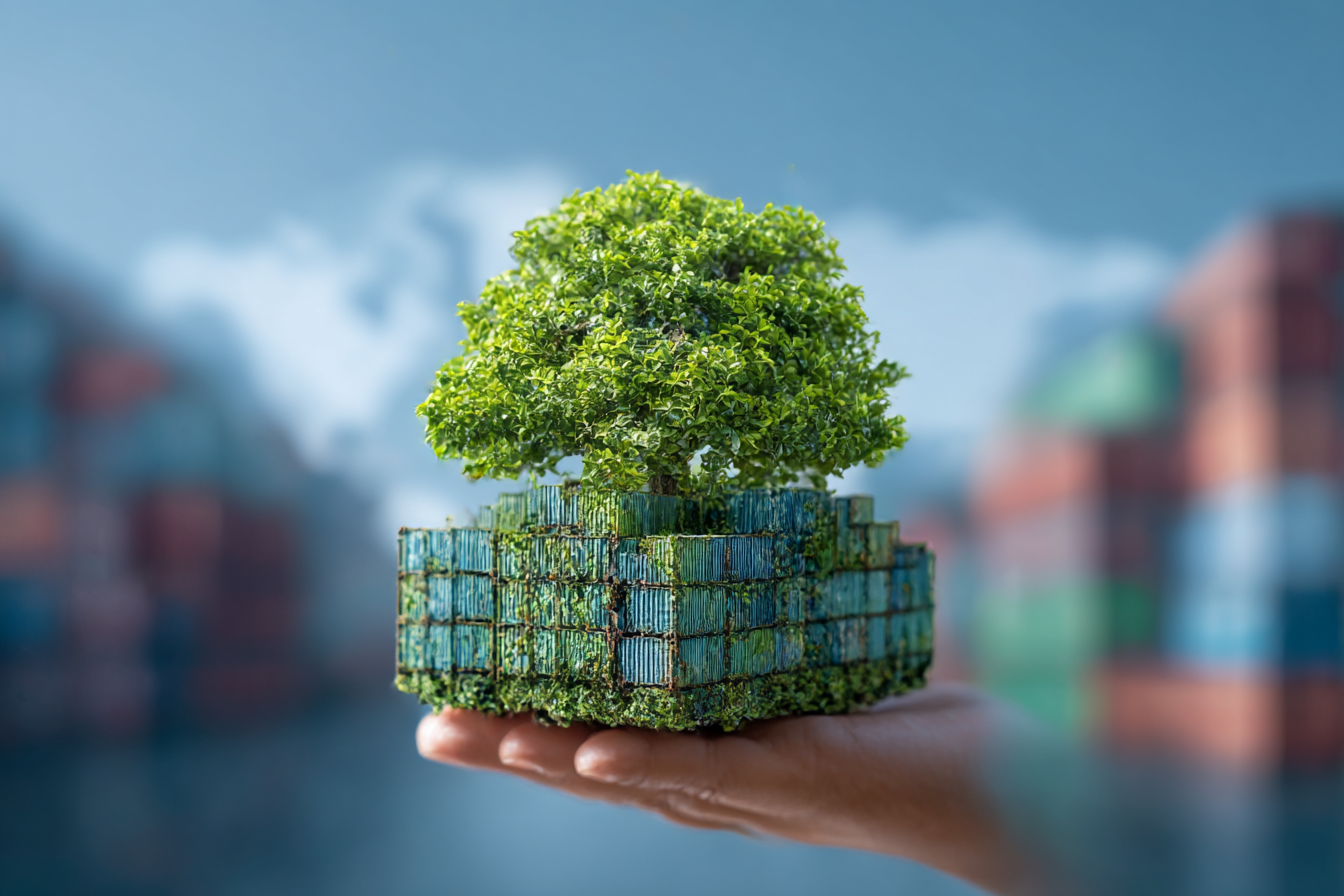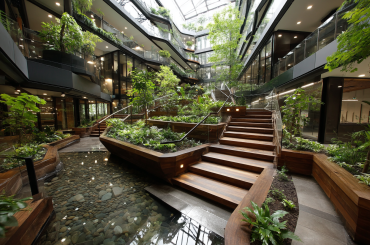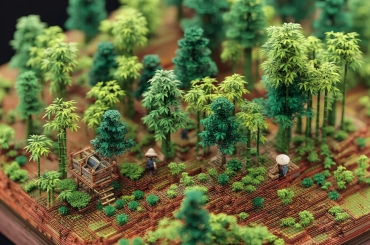I never thought I’d find myself getting excited about computer algorithms and satellite data, but here we are. It’s funny how life leads you down unexpected paths, isn’t it? My fascination with AI environmental monitoring systems started about three years ago when our local river flooded – again – after what the weather forecasters had assured us would be “moderate rainfall.” Standing in wellies with water lapping at our garden fence, I remember thinking there had to be a better way to predict these events.
That curiosity led me down quite the rabbit hole. I’ve spent countless hours since then learning about how artificial intelligence is transforming the way we track, measure and respond to environmental changes. And honestly? It’s absolutely mind-blowing.
Yesterday, I was chatting with my friend Emma (she’s an environmental data scientist – proper clever) over coffee about how different things are now compared to when we were kids. Back then, climate monitoring meant someone physically checking a thermometer or rain gauge and writing numbers in a logbook. Now we’ve got satellites, sensors, drones and sophisticated AI systems processing terabytes of data in real-time. It’s like comparing my gran’s rotary phone to the smartphone in my pocket.
The scale of it all is what gets me. We’re not just talking about a few weather stations dotted around the countryside anymore. There are networks of interconnected sensors spanning entire continents, floating through our oceans, even orbiting in space. And all of them constantly feeding information into AI systems that can spot patterns and trends humans might miss.
Take ocean temperature monitoring, for instance. I remember reading about this project that deploys autonomous underwater vehicles – basically smart robots that swim around collecting data on ocean temperatures, salinity, and currents. These little machines gather millions of data points, far more than human researchers could ever process manually. But with machine learning algorithms? That massive dataset becomes manageable, revealing subtle shifts in ocean conditions that help scientists track climate change impacts in real time.
What really fascinates me, though, is how AI is helping us “see” things that were previously invisible. Last summer, I visited a conservation project in Scotland where they’re using computer vision (that’s AI that can interpret images) to monitor peatland health from drone footage. Peatlands are brilliant carbon sinks – they store more carbon than forests, actually – but they’re tricky to monitor because they’re so vast and often in remote areas.
The traditional approach would have researchers tramping across boggy ground taking samples, which is time-consuming and can actually damage the habitat. Now, drones capture high-resolution images, and AI analyzes subtle color variations that indicate moisture levels and plant health. The conservation team gets detailed maps showing exactly which areas need intervention without setting foot on the fragile ecosystem. It’s genius, really.
Of course, it’s not all smooth sailing. Emma told me about the challenges they face with data quality – garbage in, garbage out, as they say. AI is only as good as the information it’s trained on, and environmental data can be messy. There was this project in the Lake District that tried using sensors to monitor water quality, but they hadn’t accounted for how quickly algae would grow on the equipment, skewing the readings. The AI kept flagging pollution events that weren’t actually happening. They eventually solved it by adding automated cleaning systems, but it was a reminder that these technologies aren’t magic – they need careful implementation and management.
I’ve found that the most exciting applications combine different types of monitoring. There’s a community project near Leeds that uses a network of low-cost air quality sensors distributed throughout the neighborhood. Each sensor on its own provides limited information, but when connected and analyzed as a network using machine learning, they can create incredibly detailed pollution maps showing how air quality changes street by street, hour by hour.
What’s particularly brilliant is how they’ve made the data accessible through a simple app. Residents can check current conditions and plan their day accordingly – choosing different walking routes to school or deciding when to exercise outdoors. The same data feeds into city planning decisions about traffic management and green infrastructure. This kind of hyperlocal environmental information just wasn’t available before AI made it possible to process and interpret such massive datasets.
The wildlife monitoring applications are equally impressive. A conservation group I volunteer with occasionally has started using acoustic monitoring with AI to track bird populations. They’ve placed weather-resistant microphones in local woodland that record continuously. Machine learning algorithms analyze these recordings to identify different bird species by their calls – even distinguishing between similar-sounding species that would confuse many human experts.
Last month, I helped install one of these systems. It was pouring with rain (typical British summer), and we were struggling to mount the equipment high enough in a tree. After much muttering and a few choice words, we finally got it secured, and I remember thinking how odd it was to be setting up what’s effectively a sophisticated AI system in the middle of an ancient woodland. But the tech is detecting declining numbers in some species earlier than traditional surveys would, giving conservationists crucial time to implement protective measures before it’s too late.
What I find particularly promising is how AI is democratizing environmental monitoring. You don’t need a PhD or expensive equipment to contribute meaningful data anymore. There are smartphone apps that use machine learning to help people identify plants and animals, with each observation feeding into global biodiversity databases. My nephew (he’s 9) found what he thought was an unusual beetle in our garden last week, snapped a photo on my phone, and within seconds an AI identification app confirmed it was a rose chafer – fairly common but still exciting for him. That observation was automatically logged with location data to help track species distribution.
Of course, there’s a balance to strike. Emma vents regularly about the risk of becoming too dependent on technology. “We still need boots on the ground,” she told me yesterday, stirring her tea vigorously. “AI can process the data, but we need human expertise to decide what to do with the insights.” She’s right, of course. These systems are tools, not replacements for human judgment and experience.
There’s also the uncomfortable question of who controls these monitoring systems and who benefits from them. I attended a community meeting last month where this issue came up. A large agricultural company wanted to install soil moisture sensors and AI-driven irrigation systems on land bordering our nature reserve. The technology itself was impressive – potentially reducing water usage by 30% – but residents were concerned about data ownership and whether the company would share information about pesticide use that might affect the reserve.
In the end, they reached a compromise involving data-sharing agreements and community oversight. But it highlighted how these technologies exist within social and political contexts that can’t be ignored.
Despite these challenges, I remain optimistic about AI’s role in environmental monitoring. Just yesterday, I read about researchers using machine learning to analyze satellite imagery to detect illegal deforestation in the Amazon almost as it happens – a vast improvement over previous systems that might identify clearings weeks or months after the trees were gone. By the time you’ve spotted deforestation through traditional monitoring methods, it’s often too late to do anything but document the destruction. Real-time detection creates the possibility of real-time intervention.
The potential for improved climate modeling might be the most significant impact of all. Traditional climate models are necessarily simplified representations of incredibly complex systems. But AI can handle much more complexity, incorporating more variables and finding subtle correlations that might escape notice otherwise. This means more accurate predictions not just of global temperature changes, but of localized impacts – which areas might face increased flooding, which might see more frequent droughts, which agricultural regions might become unsuitable for current crops.
That kind of detailed forecasting is essential for effective adaptation planning. My local council recently used AI-enhanced climate projections to identify neighborhoods at highest risk from heat stress during increasingly common summer heatwaves. They’re now prioritizing tree planting and green infrastructure in those areas – practical action based on sophisticated environmental data analysis.
What excites me most about all this is that we’re still just at the beginning. The systems in use today are impressive, but they hint at even more powerful tools to come. As sensor technology improves, as algorithms become more sophisticated, as integration between different monitoring systems increases, our ability to understand and respond to environmental changes will grow exponentially.
I sometimes wonder what my grandparents would make of all this. They were farmers who predicted weather by looking at the sky and tested soil by feeling it between their fingers. There was wisdom in their methods – wisdom born of close, daily observation of their environment. The AI systems we’re developing now are, in some ways, scaling up that same observational power to cover the entire planet. Different tools, but perhaps a similar purpose: understanding the world around us well enough to live in harmony with it.
And really, that’s what this is all about. Better information leading to better decisions. For all our technological sophistication, we remain fundamentally dependent on the natural systems around us. AI-powered environmental monitoring won’t solve our sustainability challenges on its own, but it gives us a fighting chance to make smarter choices as we navigate an increasingly unpredictable future.
